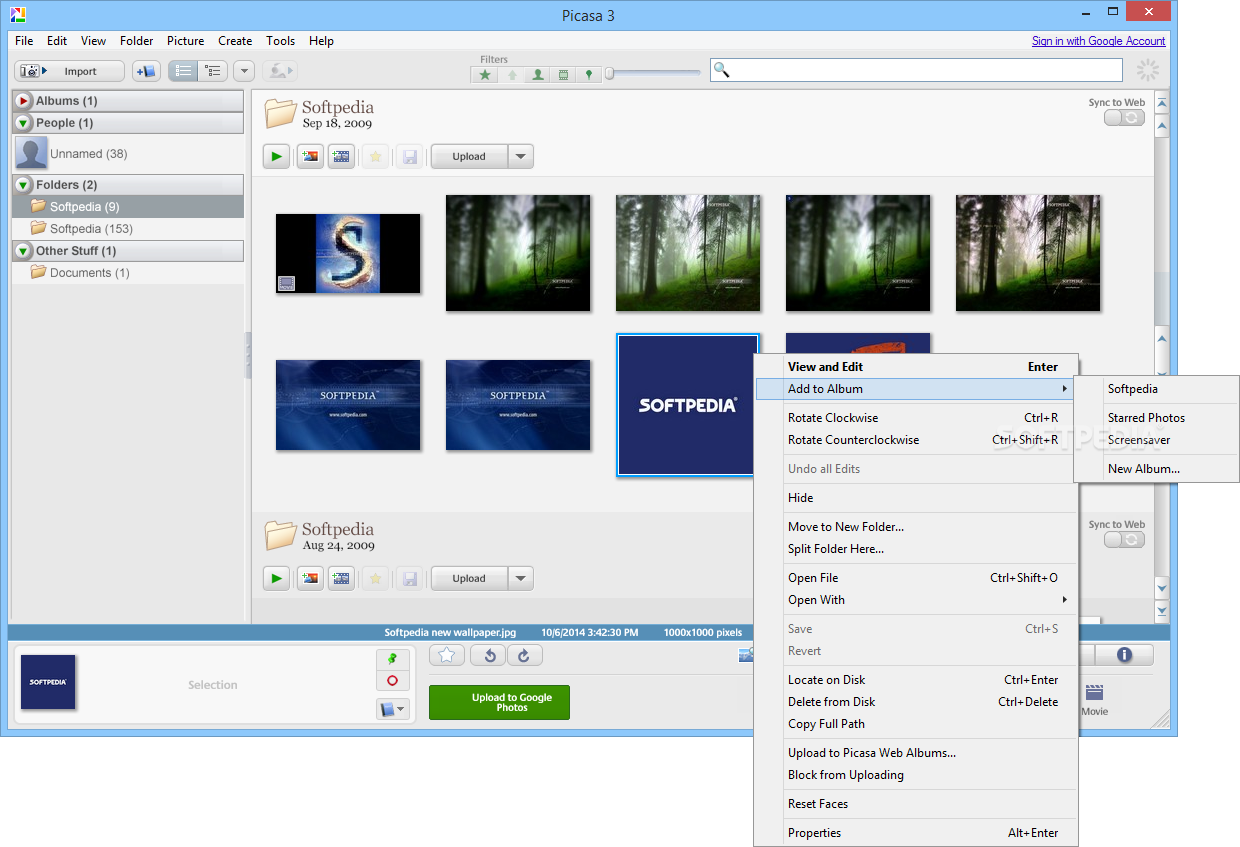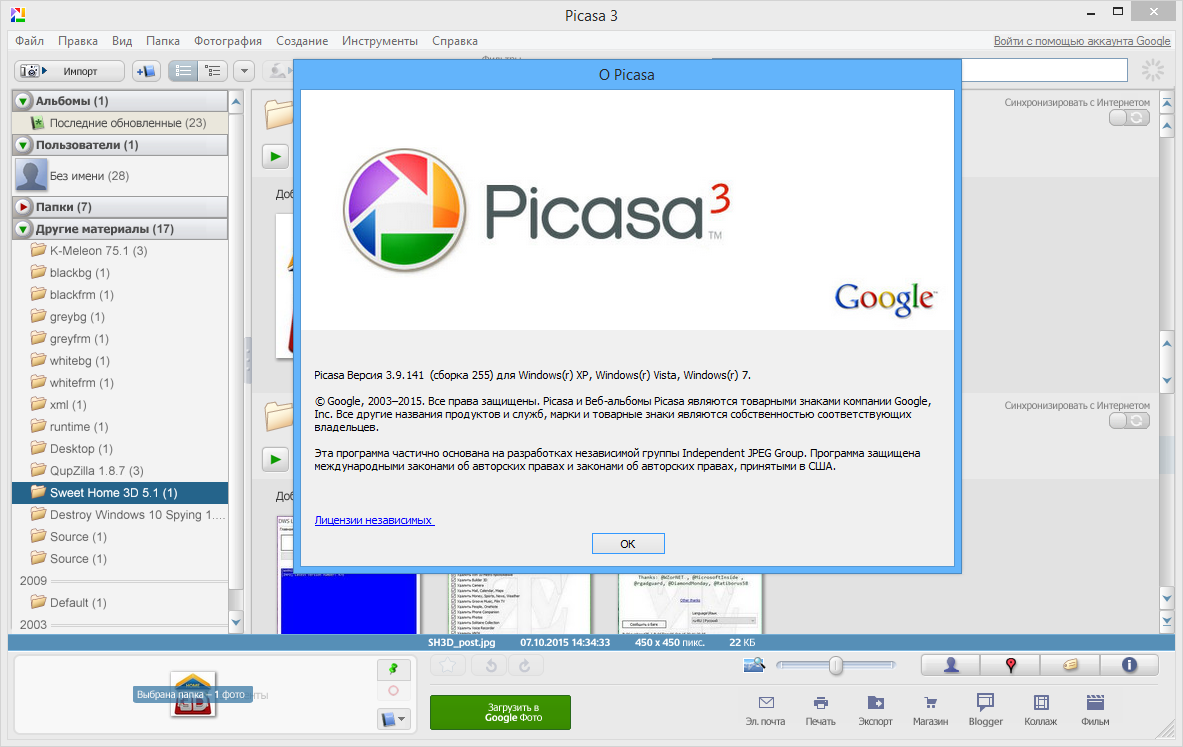
#Picasa 3.9 free download for windows 7 piers keygen

In October 2013, approximately 540 million monthly active users used the social layer by interacting with Google+'s enhanced properties, such as Gmail, the +1 button, and YouTube comments.

At the end of 2011, Google+ had 90 million users.

According to ComScore, the biggest market was the United States followed by India. In October 2011, the service had 40 million users, according to Larry Page. In 2011, Google+ had 10 million users two weeks after the launch. According to Ars Technica, Google+ signups were "often just an incidental byproduct of signing up for other Google services." Consequently, the reported number of active users on Google+ grew significantly, but the average time users spent on the site was a small fraction of that on comparable social media services. Growth Īssessments of Google+ growth varied widely, because Google first defined the service as a social network, then later as "a social layer across all of Google's services", allowing them to share a user's identity and interests. Facebook founder Mark Zuckerberg instituted a company-wide "lockdown", signaling that employees were supposed to dedicate time to bringing Facebook's features into line with Google+. Īccording to a 2016 book by a former Facebook employee, some leaders at Facebook saw Google's foray into social networking as a serious threat to the company. Features included the ability to post photos and status updates to the stream or interest-based communities, group different types of relationships (rather than simply "friends") into Circles, a multi-person instant messaging, text and video chat called Hangouts, events, location tagging, and the ability to edit and upload photos to private cloud-based albums. Google+ was the company's fourth foray into social networking, following Google Buzz (introduced 2010, retired in 2011), Google Friend Connect (introduced 2008, retired by March 2012), and Orkut (introduced in 2004, as of 2013 operated entirely by subsidiary Google Brazil – retired in September 2014 ). 1.3 Changes in management and product direction.


 0 kommentar(er)
0 kommentar(er)
